Preparing for Elimination Communication with a Newborn
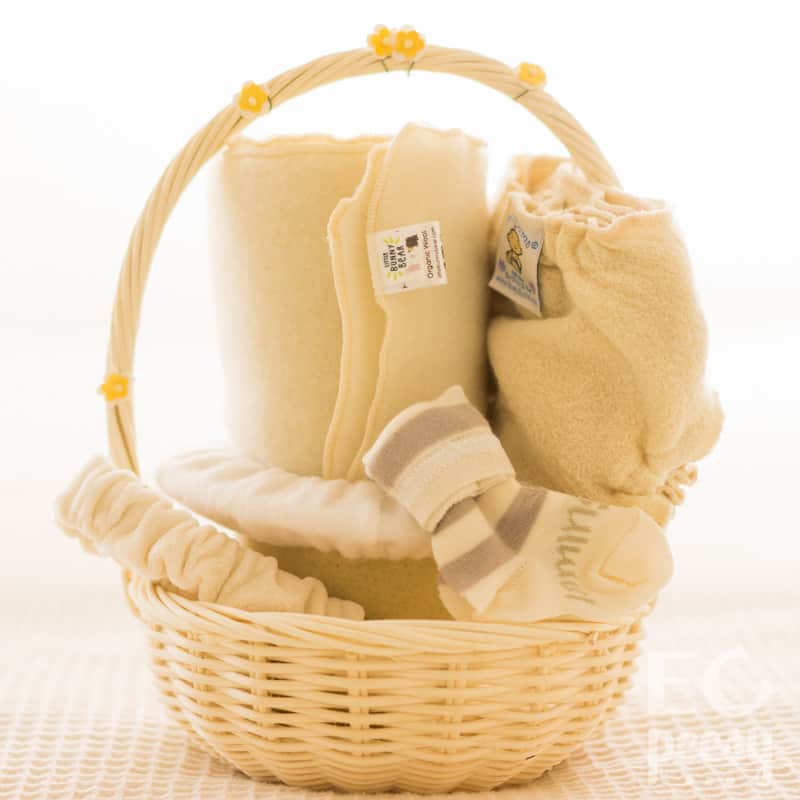
Are you expecting a baby and want to practice elimination communication with your newborn from birth? Did you recently have a baby and would like to start EC? First of all, congratulations! This is an exciting time, and there is so much to learn! If you are new to the concept, elimination communication is a gentle method of allowing your baby to use the potty.
I remember preparing for my first baby. I read The Womanly Art of Breastfeeding by La Leche League to prepare for nursing and Ina May's Guide to Childbirth by Ina May Gaskin to prepare for childbirth. Luckily, I had already read The Diaper-Free Baby by Christine Gross-Loh and Diaper Free: The Gentle Wisdom of Natural Infant Hygiene by Ingrid Bauer before getting pregnant. As an expectant parent, it can all seem a bit overwhelming!
These tips will help you prepare to practice elimination communication with your newborn, whether it's your first or your fifth.
With my first baby, who was born in 2013, I had hoped to practice EC from birth. I knew it aligned with my values and I was convinced to give it a try. But even with all the reading I had done, I didn't understand how to start elimination communication from birth. Should I bring the potty with me to the hospital? How do you position a newborn baby over a potty? Is it possible to "catch" the meconium poop in something other than a disposable diaper? I had more questions than answers, and I didn't know anyone who had actually tried elimination communication.
Now, 4.5 years later, I am expecting my second child and I am confident that I can start elimination communication from birth. The first time around, I was just giving EC a try to see if it was really possible. Now that I know elimination communication works, I have gathered the knowledge and supplies needed to start pottying my baby from day one.
You may decide to hold off on EC for a few days or weeks while you recuperate, but with these tips, you will have the confidence and support you need to successfully practice elimination communication with your newborn.
Disclosure: This post contains affiliate links. If you click on an affiliate link and make a purchase, I will earn a small commission, at no extra cost to you. Thanks for your support! I received the wool puddle pads from Little Bunny Bear at a discounted price, in order to share them with you. I received the GDF OnlineMinicourses for free, in order to review them on this blog. All opinions are my own.
Read about Elimination Communication with a Newborn
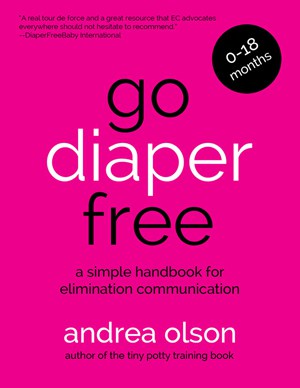
My first tip for successfully doing elimination communication with your newborn is to read at least one book about EC. This is easier to do while pregnant. Once your newborn arrives, there won't be much time for reading, except for maybe while nursing.
My favorite how-to book on elimination communication is Go Diaper Free: A Simple Handbook for Elimination Communication by Andrea Olson. It's an easy read and I managed to squeeze it in when my first was a newborn. I went from struggling to figure out what his signals were and how to offer the potty to a feeling of, "Ah, hah!".
For more book recommendations, please see my complete list of elimination communication books.
Watch Elimination Communication with a Newborn in Action
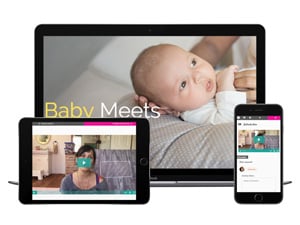
Reading a book can give you a solid foundation in the philosophy and logistics of EC, but the most helpful thing is watching elimination communication with a newborn in action. If you have a friend who is practicing EC, ask if you can drop by to see how EC works in their household.
Even if you don't know a single person who is practicing EC, you can still watch what it's like to EC a baby in the 0-3 months age range by taking the online "Baby Meets Potty MiniCourse" taught by Andrea Olson.
My favorite aspect of the "Baby Meets Potty" class is the bonus videos section. There are even videos of catching meconium poop at less than one-day-old!
I don't personally agree with the Babywise concepts mentioned in the course, but you can choose which tips fit your parenting style and which ones to skip.
Join an Elimination Communication Support Group
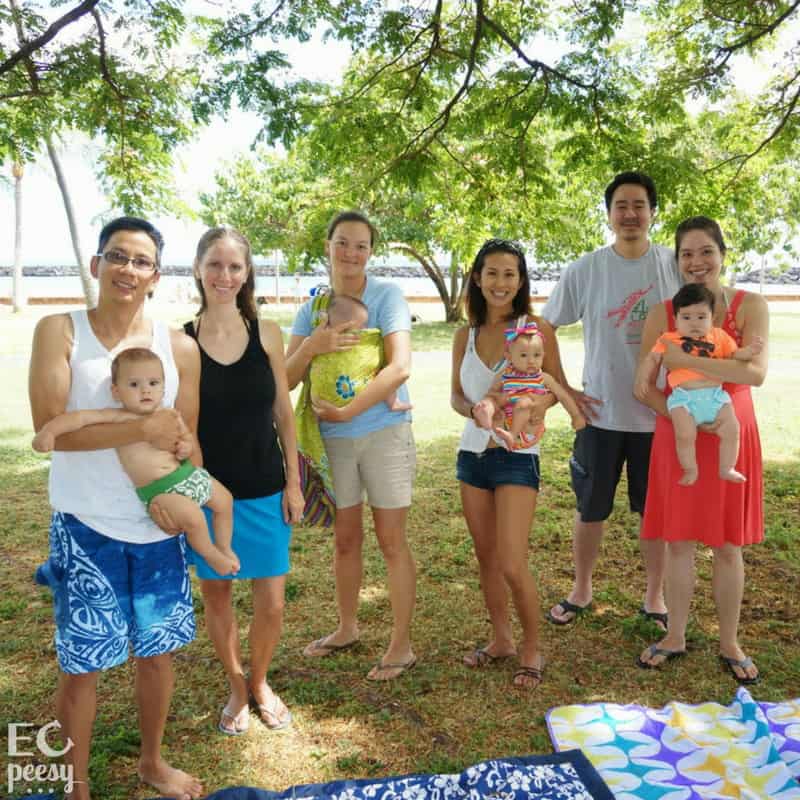
First Local EC Meetup on Oahu
Whatever parenting style and methods you choose, it's important to find support on your parenting journey. There are La Leche League meetings for breastfeeding support and Babywearing International chapters for babywearing instruction.
But with so few westerners being aware of elimination communication, it can be a bit more difficult to find support. You can start by searching for a local EC support group. If there isn't a local group in your area, you can join a Facebook support group. It's nice to have somewhere to ask questions; share your experience; and see that you're not alone.
Gather Elimination Communication Supplies for A Newborn
When preparing for a new baby, one of the most frequently asked questions is, "What baby gear do I need?". If you are planning to start elimination communication during the newborn phase, it's nice to have some tools on hand.
I am working towards raising a zero waste baby, so I am doing my best to avoid single use disposable items and petroleum-based plastic. The zero waste movement has been gaining popularity recently. It doesn't mean that you actually need to produce no garbage whatsoever. It's more of a goal to continue working towards reducing the amount of garbage you produce.
I try to choose reusable items made from natural materials as much as possible.
We'll see if I manage to skip getting a plastic potty and toilet seat reducer this time around. It would be nice to have a wooden built-in adult/child toilet seat reducer from the start.
I am also currently going with an unbleached undyed wool and cotton theme. I apologize that with everything the same cream color, it makes it difficult to see some of the items in the photos below. And yes, I am starting to worry that everything may end up stained with newborn poop. We'll see how it goes!
Newborn Elimination Communication Potty
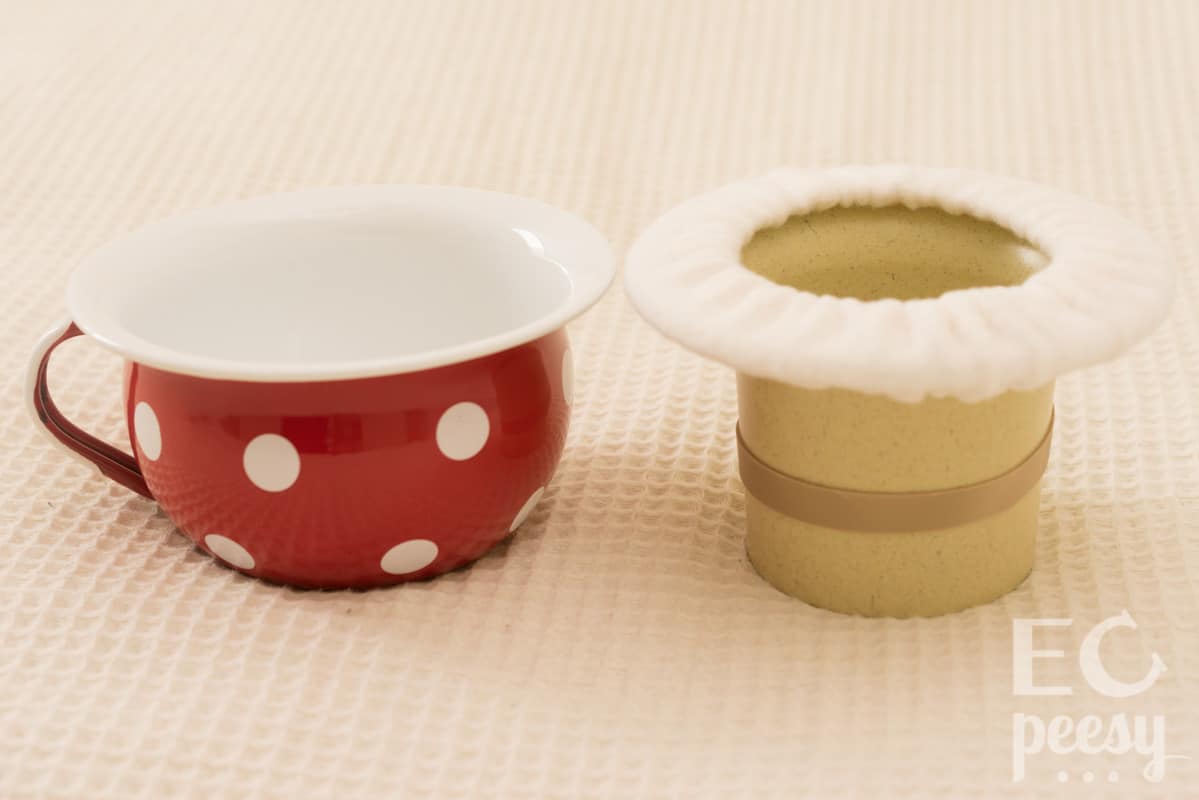
Newborn Elimination Communication Potties: Chamber Pot and Top Hat Potty
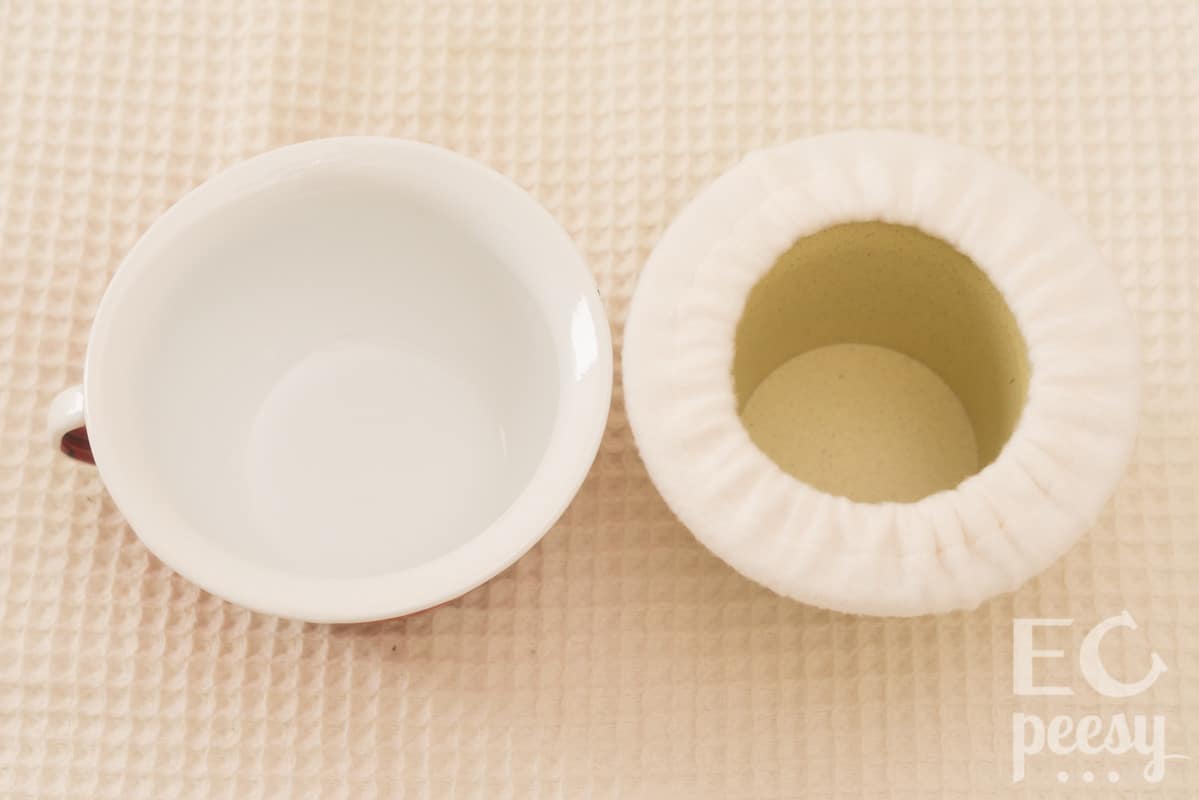
Top View Comparing Chamber Pot and Top Hat Potty
With my first baby, I didn't have a specific newborn potty. I had been given a BabyBjorn Smart Potty, and I just used the insert from the Smart Potty in my lap in the same manner as a top hat potty. This time around, I no longer have our BabyBjorn Smart Potty, so I decided to invest in some newborn potties.
The red and white chamber pot I purchased from Nova Natural, but it no longer seems to be available. The chamber pot is made from steel coated with lead-free enamel. I had already purchased it a while back for a photo shoot. Naturally Diaper Free sells potty cozies that fit the chamber pot.
I also purchased The Baby Potty, which is available from Tiny Undies. The Baby Potty is a top hat potty that comes with a potty cozy and non-slip band. I got two of them, so that I can keep one by the bed for nighttime EC and one in my diaper bag. The version shown above is from the first run and made of biodegradable plant-based plastic. The second run of The Baby Potty is made of recyclable BPA-free plastic.
Approximate measurements of newborn potties:
- Chamber pot: 4" tall; 7.25" across the top (from edge to edge); 0.75" wide rim
- Top hat potty (without potty cozy): 4.25" tall; almost 7" across the top (from edge to edge); 1.25" wide rim
The chamber pot can hold more liquid, but the top hat potty has a wider rim, which looks more comfortable.
If you don't have a newborn potty, you can also hold your newborn over the toilet or sink, but it is nice to have something to use while sitting down, nursing, or at night. With my first baby, I made the mistake of thinking I could take him to the bathroom to hold him over the toilet right from the start. In reality, I didn't want to get out of bed after just having given birth. It would have been nice to have a small potty to keep next to the bed.
If you are planning to start elimination communication from birth, it's a good idea to think about where you plan to catch the meconium. You could use a top hat potty lined with coconut oil, a chux pad (underpad), or an open disposable diaper. I'm thinking the chamber pot lined with coconut oil would be the best option for me.
Newborn Cloth Diapers as Elimination Communication Backup
Here is my baby doll modeling two types of newborn cloth diapers for elimination communication backup. (My second baby hasn't arrived yet, so I'm using my baby doll to demonstrate.) The doll is laying on an amazingly soft organic wool pad from Little Bunny Bear. I plan to layer a receiving blanket over the wool pad and use it as a diaper changing pad.
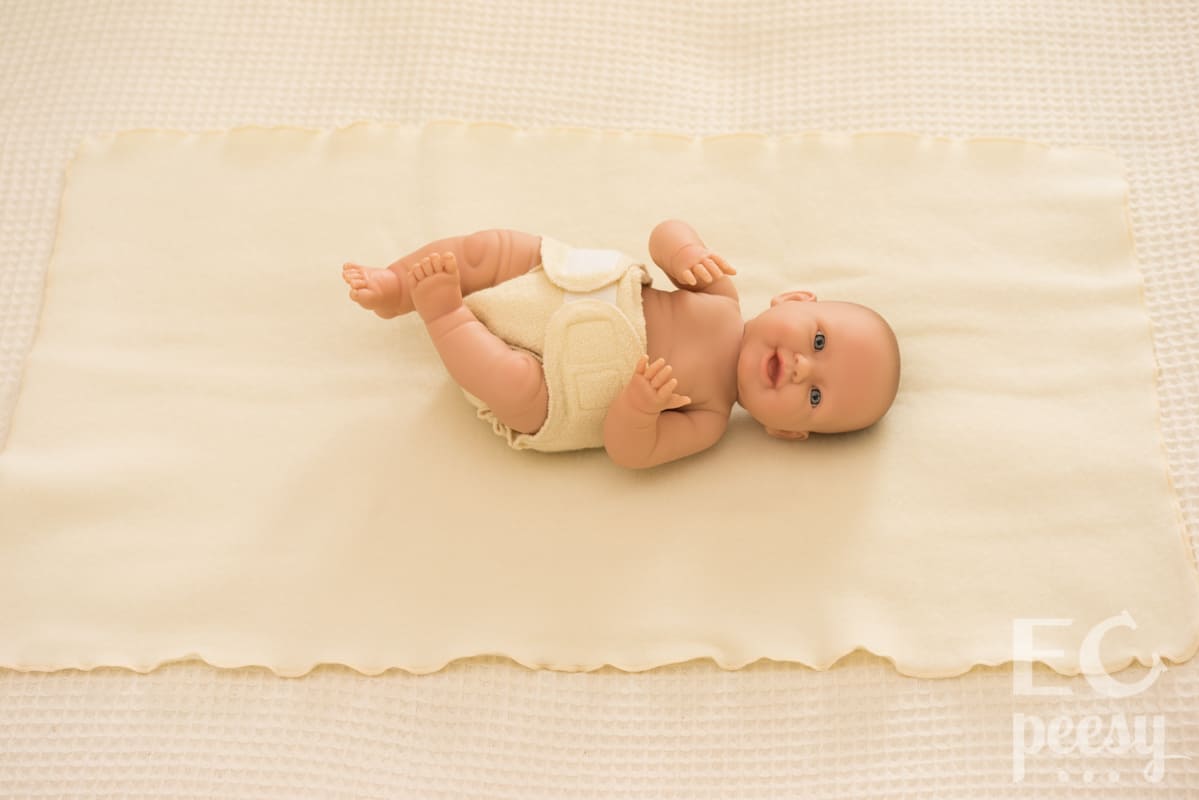
Newborn/Small Loveybums-in-One Wool Wrap Cover with Aplix Closure
Shown above is a Loveybums-in-One (LIO) with Aplix closure in size NB/SM. The LIO consists of a wrap style wool diaper cover and a snap-in organic cotton diaper. This LIO is made with undyed wool crepe.
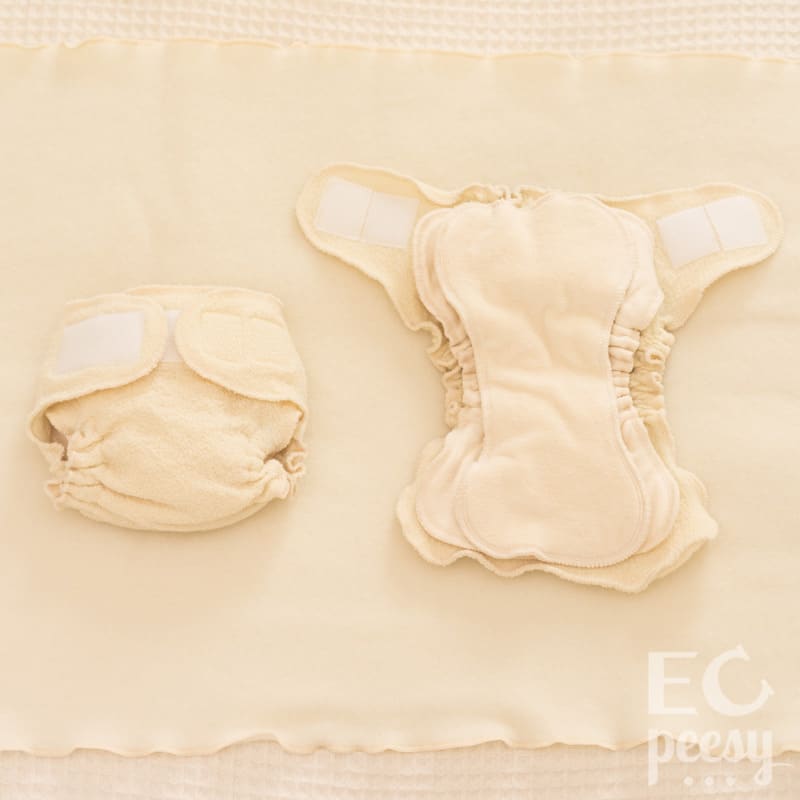
Loveybums-in-One Wool Diaper Cover with Snap-in Organic Cotton Diaper
You can buy extra snap-in diapers, or use the wool cover over fitted diapers. I decided that since my baby will probably only fit in the size NB/SM (birth-12 lbs) for the first two or three months, that rather than invest in extra snap-in diapers for this size, I will use the covers mostly over the less expensive Cloth-eez Workhorse Fitted Diapers from Green Mountain Diapers. I bought two LIO's, which will allow me to at least test how well the snap-in diapers work for nighttime EC.
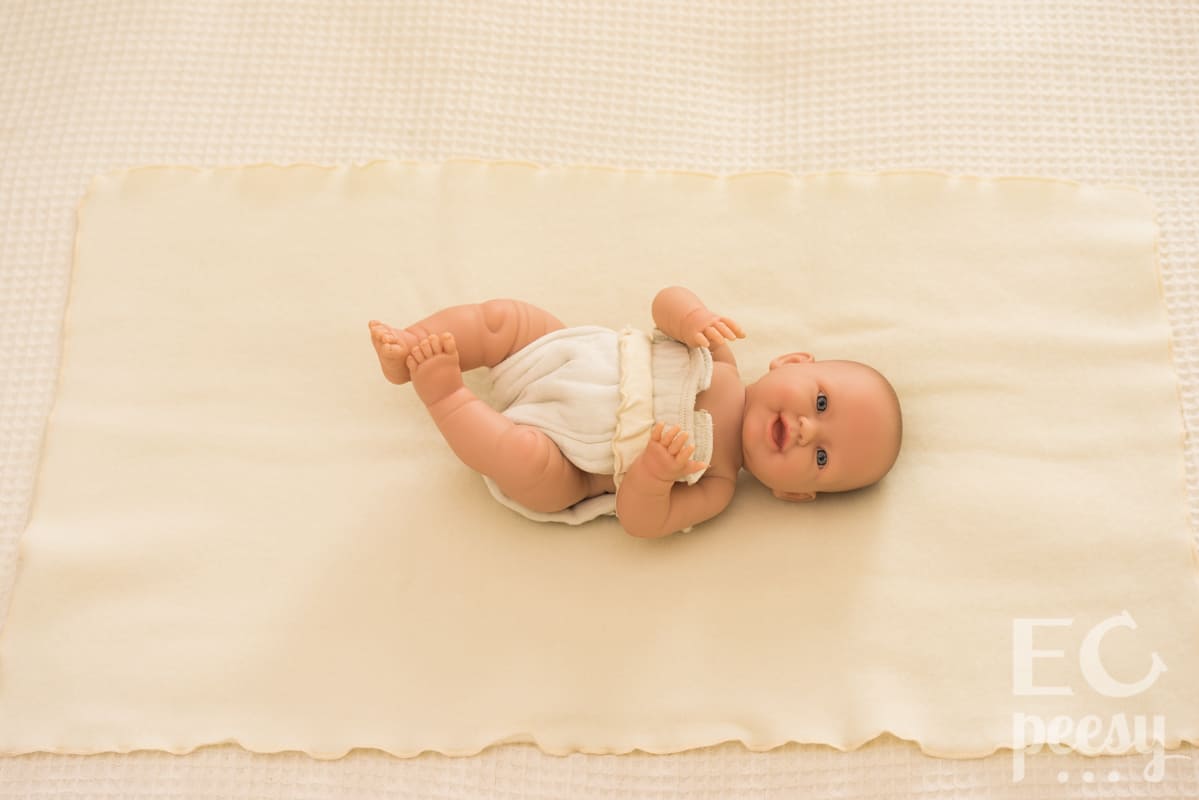
Cloth Prefold and Diaper Belt as Newborn Backup
Another popular option to use as EC backup for a newborn is a cloth prefold diaper held in place with a diaper belt. I used this method for my first baby, since we received clean cloth prefold diapers each week from a local diaper service. I don't plan to use this method as much with my second baby. Instead, I will allow my baby to wear fitted diapers without a cover at home.
Our Newborn Cloth Diaper Stash for EC
After much research and contemplation, I have decided to use a combination of fitted diapers with wool covers and Flaparaps during the newborn stage. I've heard mixed feedback about using Flaparaps with a newborn, but we will give it a try.
*Update: As of March 12, 2019, the Born Ready shop selling Flaparaps has closed.
*Update October 12, 2022, as an alternative I recommend Flappy Nappies, which can also be paired with matching Chappy Nappies.
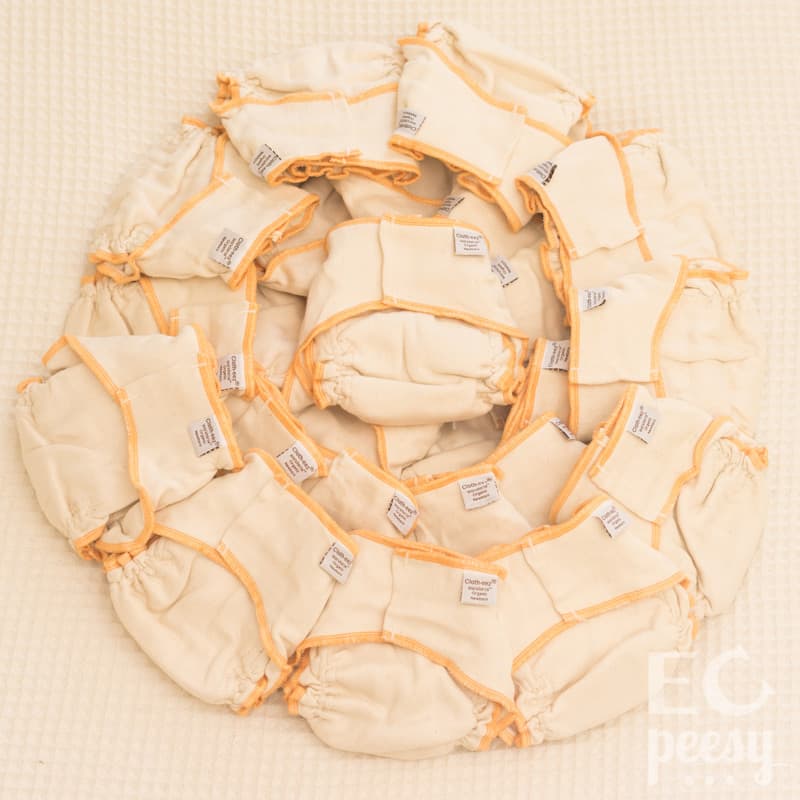
Clotheez Workhorse Fitted Diapers Organic No-Closure Newborn
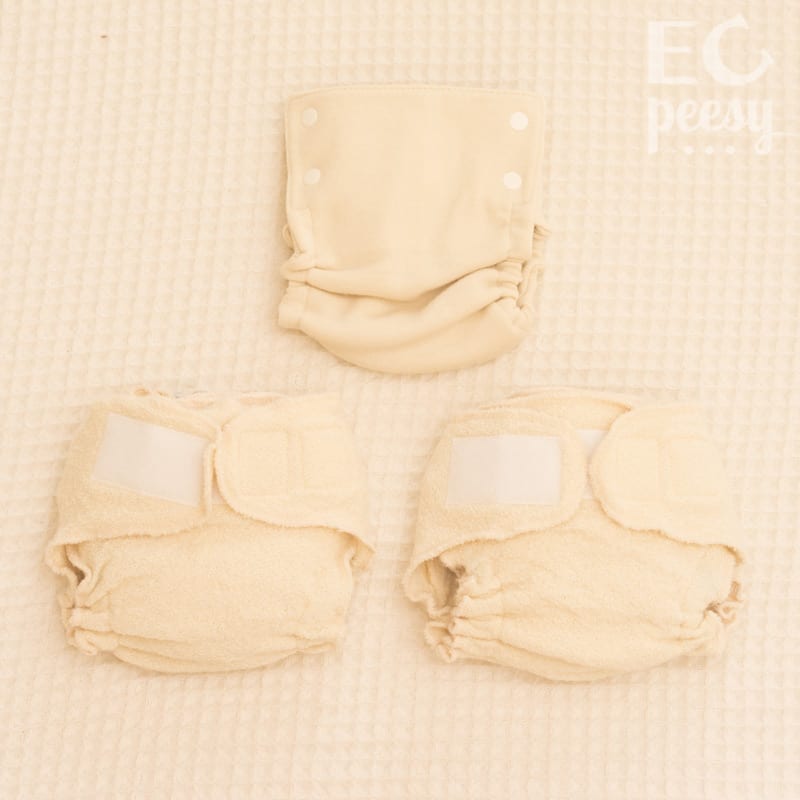
Newborn Wool Wrap Diaper Covers
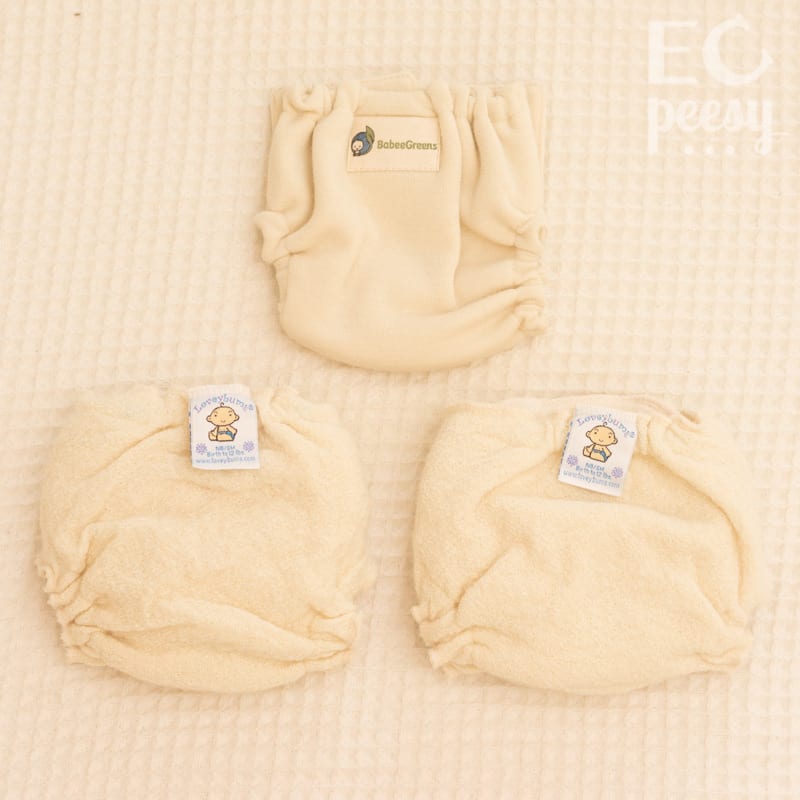
Newborn Wool Wrap Diaper Covers BabeeGreens and LoveyBums
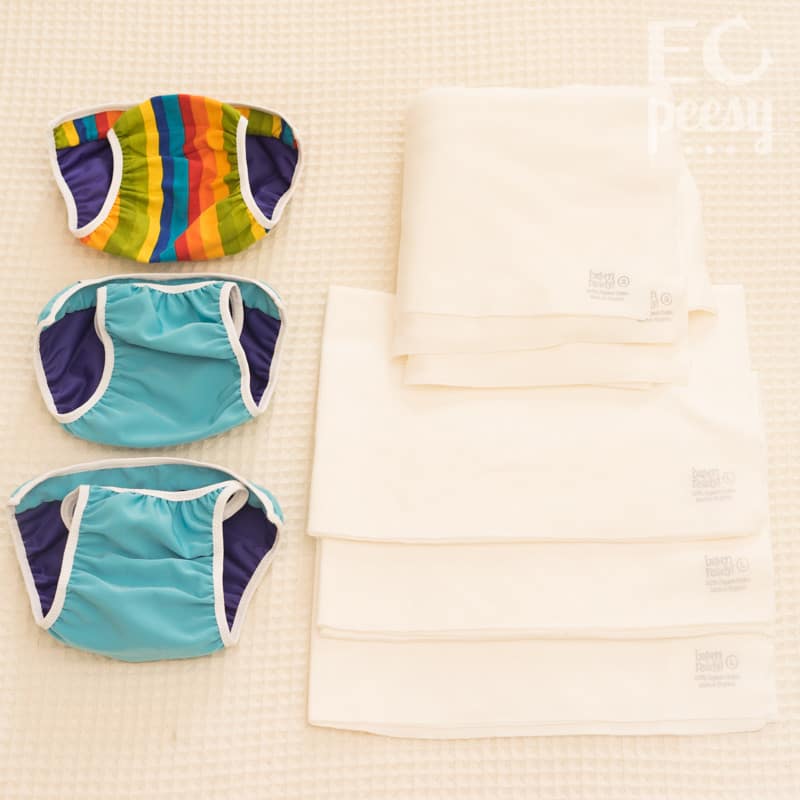
Flaparap Shells and Organic Cotton Pads
*Update 6/12/18: Now that I have been using these diapers for the past five weeks, I've added a couple little updates. Read my next post on Practicing EC from Birth for more details on which diapers worked the best.
As of right now, my newborn cloth diaper stash for EC will include:
- (1) Organic wool changing mat from Little Bunny Bear, 19"x29"
- (1) Organic wool mattress protector from Little Bunny Bear, 33"x41"
- *I absolutely love the wool puddle pads! I'm so glad we have them.
- (4) Cloth-eez double weave muslin swaddle blankets, for layering over large wool mattress protector
- (48) Organic cotton cloth wipes
- *I should have bought more wipes! I ended up ordering an additional 24 organic cotton flannel wipes.
- (24) Cloth-eez Workhorse fitted diapers, organic cotton, no closure, size Newborn (birth-12 lbs)
- (2) Boingo fasteners
- *These didn't secure the fitted diapers tightly enough, so I bought three Snappi fasteners.
- (2) Wool Lovelybums-in-One with Aplix, size NB/SM (birth-12 lbs)
- (1) Babee Greens wool wrap cover with side snaps, size Newborn (6-12 lbs)
- *This is the only thing that fit my baby girl from birth! She was 5 lbs 13 oz at birth. I wish I had bought two of these.
- (3) Flaparaps shells
- (3) Flaparaps belts, size Newborn/Baby (small)
- (3) Flaparaps belts, size Baby/Toddler (Large)
- (12) Organic cotton pads for Flaparaps, size small
- (6) Organic cotton pads for Flaparaps, size large
- (12) Cloth-eez prefold diapers, organic cotton, size Preemie
- *I wore these as mama cloth for the first two days after birth. After washing them, I switched to using them for my baby.
With my first baby, I went through about 20 cloth diapers per day during the newborn phase. I would like to have enough cloth diapers to last two days this time around, so that I only have to wash every other day.
Once my baby is born, I plan to order two brightly colored wool diaper covers in the next size.
I will continue to use the Flaparaps during the mobile baby phase, until my little one starts walking and we switch to cloth training pants.
Update October 12, 2022, for more ideas, watch my newborn cloth diaper stash for my third baby.
Waterproof Pads - Wool Puddle Pads
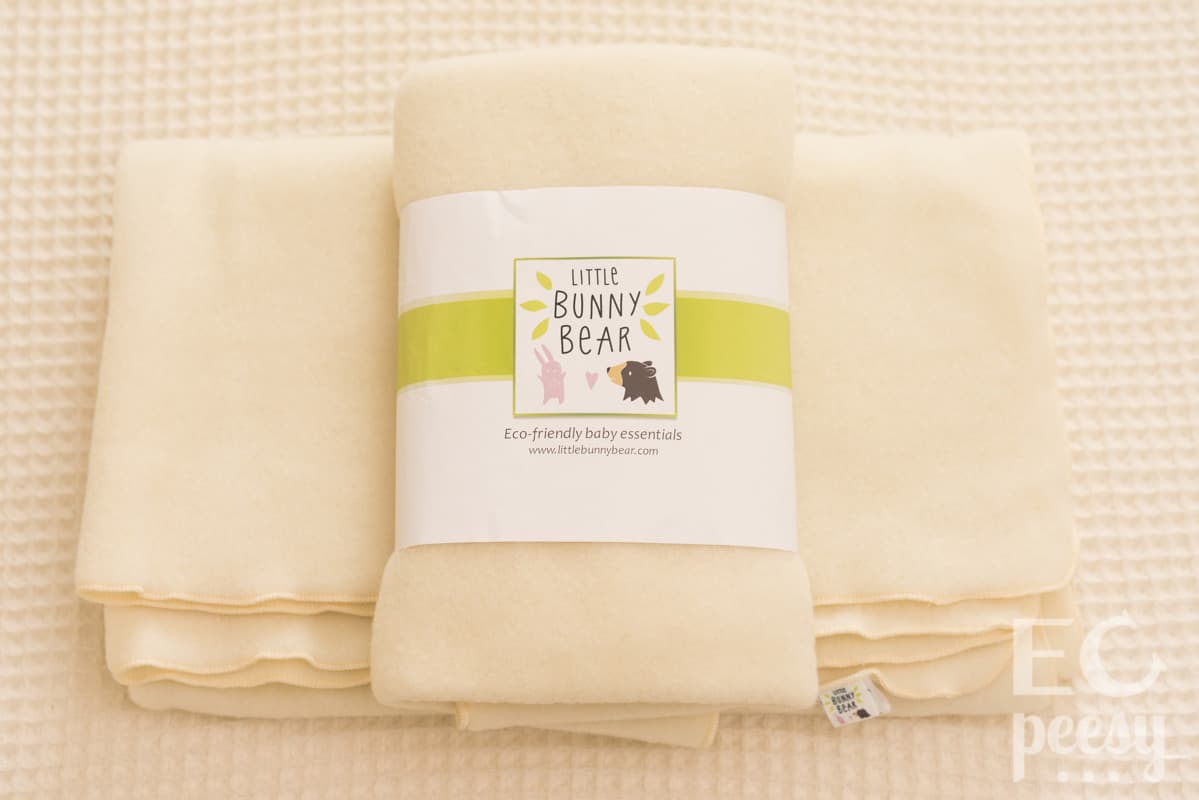
Organic Wool Puddle Pads from Little Bunny Bear
Waterproof pads are a super useful elimination communication supply. They can be used for diaper changes, diaper-free observation time, and protecting your bed from misses.
I love that lanolized wool puddle pads work as an all-natural and breathable waterproof layer.
For best results, start by lanolizing the wool puddle pad. The lanolin makes the wool water repellent, and also helps to neutralize any urine that comes in contact with the wool.
When using a wool puddle pad, it's important to put something absorbent on top, like a blanket or fitted sheet. Otherwise, liquids may just bead and run off the wool pad.
Wool Puddle Pad as Changing Mat
It took me a while to decide what I was going to use as a diaper changing pad. Most contoured diaper changing pads are made with foam that may off-gas toxic fumes. I did find one contoured diaper changing pad made of wool covered with organic cotton and another made of latex foam covered with wool. Both were very expensive. Once we get past the newborn stage and I get the hang of using Flaparaps, I don't plan to always lay my baby down for diaper changes.
I decided to use an organic wool puddle pad with receiving blanket on top to do diaper changes on my bed. I don't have a separate changing table or surface for diaper changes, so this seems like a logical solution.
I also purchased a larger wool puddle pad from Little Bunny Bear for protecting our bed. Here's a comparison of the smaller puddle pad (19"x29") and the larger pad (33"x41"):
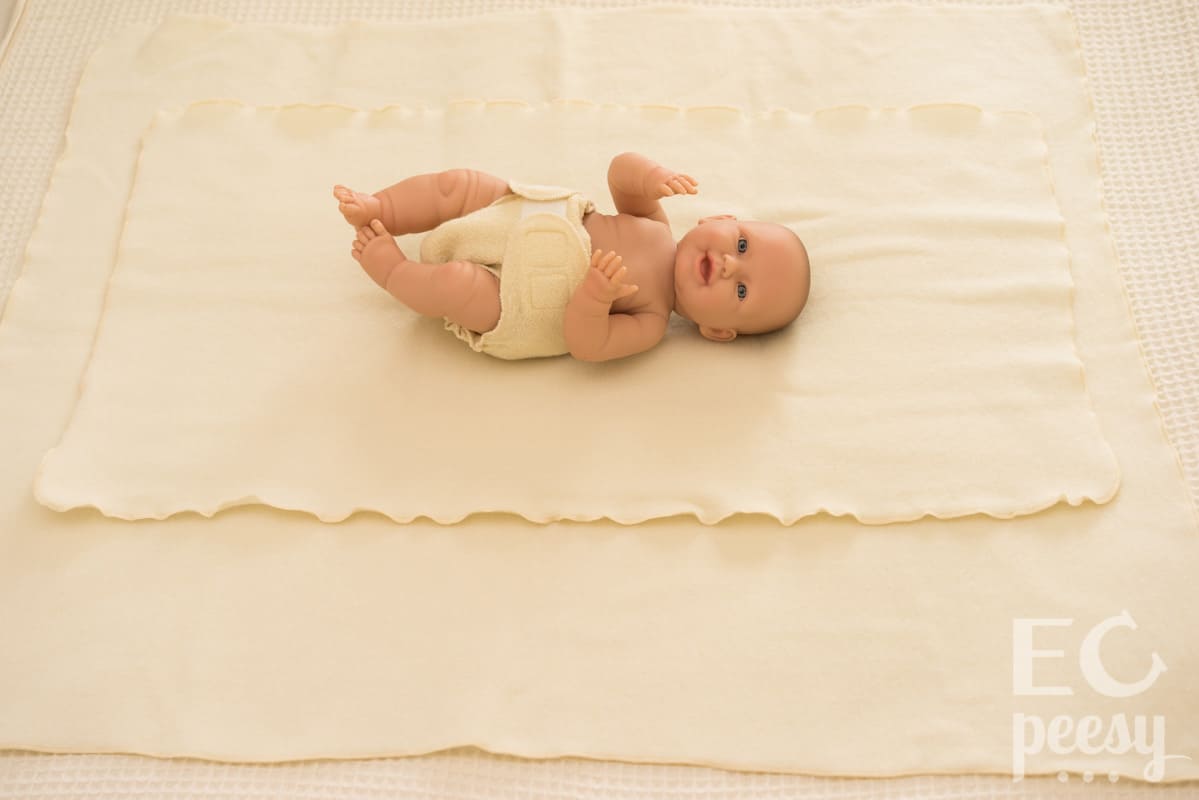
Comparison of Organic Wool Puddle Pads from Little Bunny Bear
Wool Puddle Pad as Mattress Protector
The larger wool puddle pad will serve three purposes:
- For me to sit on after giving birth, with a blanket on top of it. Basically, I wanted a reusable alternative to a chux pad.
- To lay Baby on during diaper-free observation time, also with a receiving blanket on top.
- Under our fitted sheet to protect the area of the bed where Baby and I will sleep.
I took a photo of the Family / Extra Large puddle pad on our King sized bed (76" long x 80" wide), so you can get an idea of how much of the bed it covers. I still haven't added a bed rail and finished prepping the bed for bed-sharing.
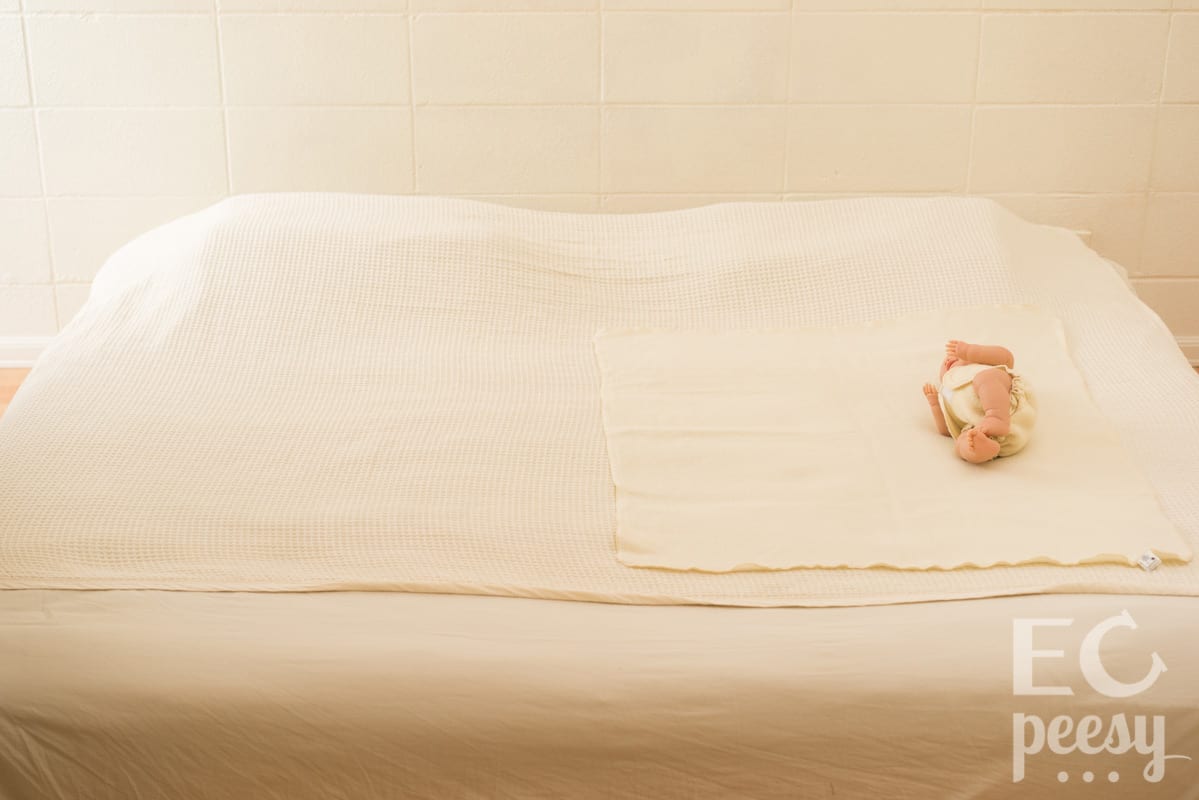
Extra Large Wool Puddle Pad on King Size Bed
The organic wool puddle pads from Little Bunny Bear are super soft and way nicer than the Lamby puddle pad I used before.
Newborn Baby Clothes for Elimination Communication
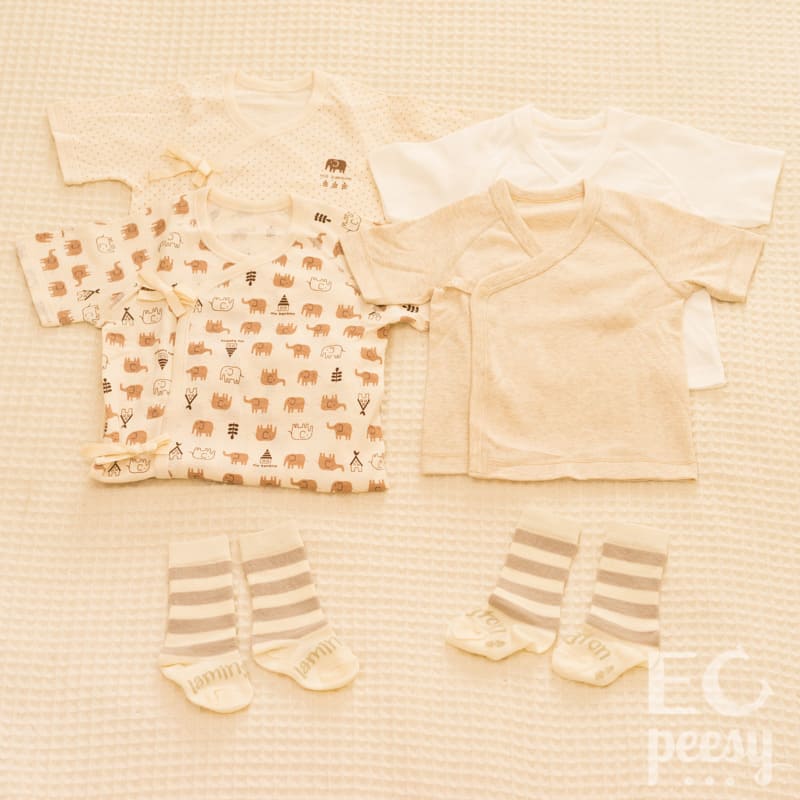
Newborn EC Clothing: Kimono Shirts and Wool Socks
I'm keeping our baby's newborn wardrobe super simple for a couple reasons. First of all, we are waiting until birth to find out our baby's sex, so I only want gender-neutral baby clothes. Secondly, we live in Hawaii and I see baby clothes as more of a luxury or cultural expectation than a necessity. During those first few months it's nice to get lots of skin-to-skin time, so baby clothes will probably be reserved for outings.
I also want to stick with EC friendly clothing options. So far I have four kimono style baby shirts in size 0-3M and Lamington Merino wool socks in size Newborn. I may buy some long-sleeve kimono shirts for the early days and to offer sun protection. I also plan to sew some split crotch pants using sewing patterns from Little Bunny Bear. I have one pair of newborn size leg warmers that I saved. Once our baby is born I plan to order some colorful socks from Rock-a-Thigh Baby.
Depending upon the weather, if my baby needs pajamas to sleep in, I have some EC Peesy organic cotton sleep gowns. I also might buy one Woolino Merino wool sleep gown in size 0-6M.
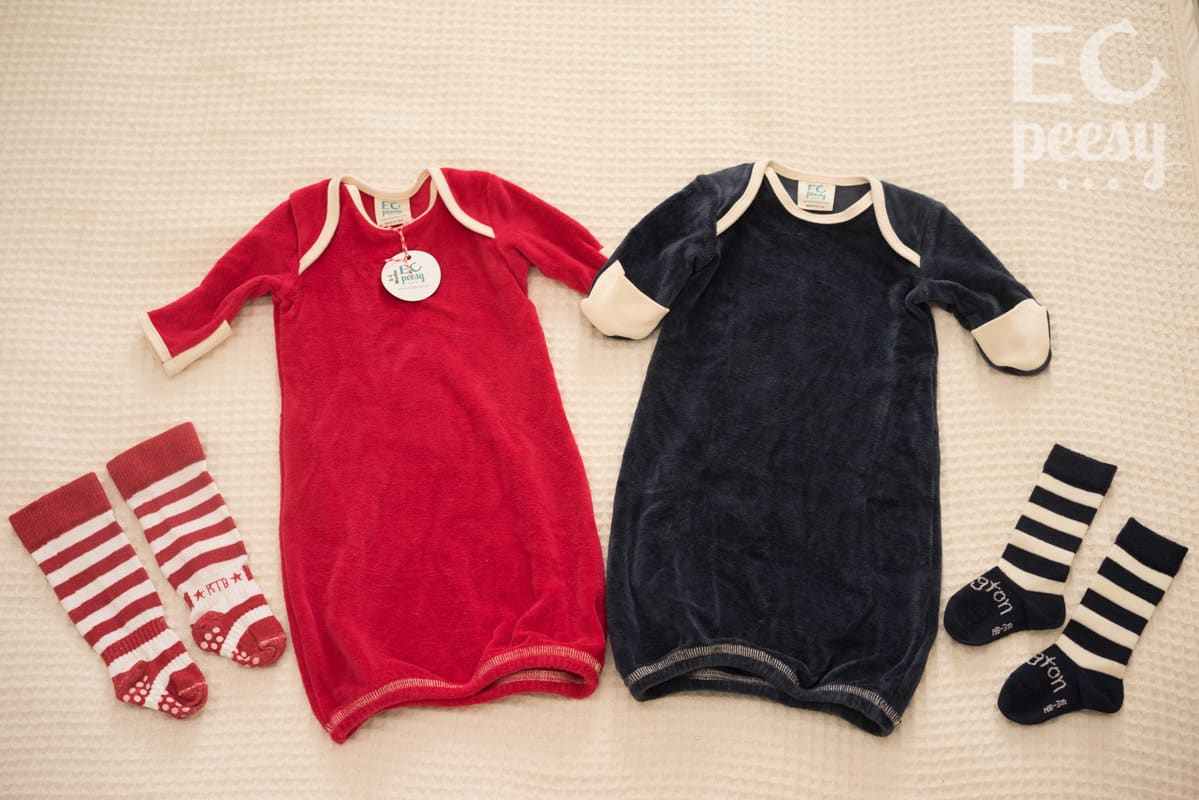
Baby Sleep Gowns and Socks for Nighttime EC
To receive discounts from Go Diaper Free, Tiny Undies, Little Bunny Bear, and EC Wear, please visit our EC Coupons page.
That wraps up my tips on preparing for elimination communication with your newborn. I hope you feel confident to start EC with your baby! You may also want to read my post on Starting Elimination Communication: When to Potty or about our journey starting Elimination Communication with a Newborn from Birth.

So glad to see a blog post geared toward the zero-waste goal crowd! I love hearing what you’ll do differently this time around. Thank you for this resource!
Thanks for your comment, Beth! Being an environmentalist at heart is one of my motivations for spreading knowledge of EC.
That’s a great list, yet very minimalist, I like it! It will surely be useful when baby #2 comes around. Congratulations for your pregnancy! Hope you’re doing well.
Thank you! I try to keep things pretty minimalist. It’s temping to buy all the cute baby gear, but I know it’s possible to get by with very little.